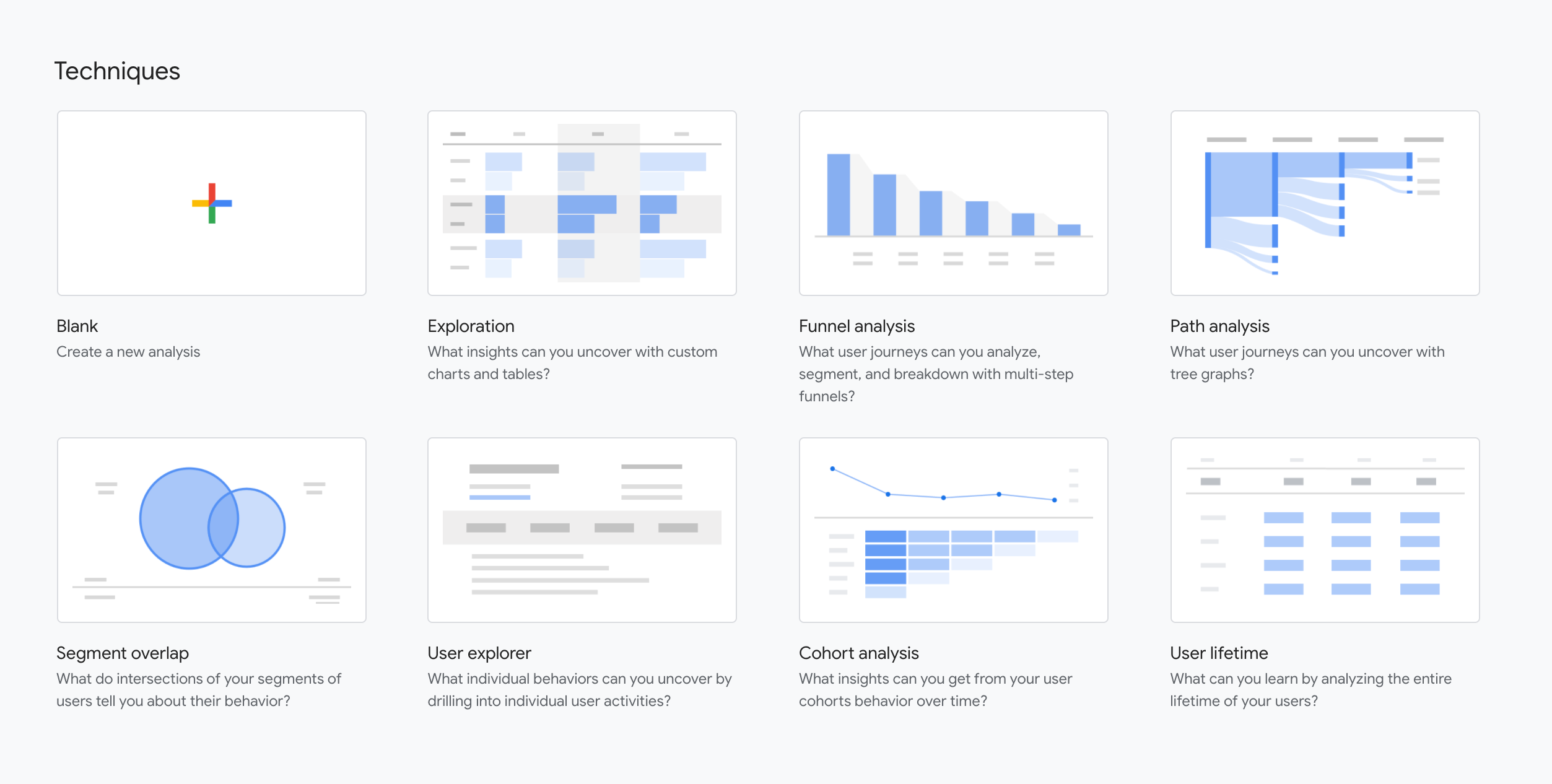
3 keys to B2B data-driven marketing in 2022
If you’re a B2B marketer, you’ve heard it’s important to be “data-driven”. But how can you be sure your marketing is actually meeting that criteria?
The reality is, there’s more to B2B data-driven marketing in 2022 than you might realize (or be executing against).
In fact, there are 3 “keys” the companies with the best data-driven B2B marketing programs all know about and follow.
Book a 30 minute call
Reserve 30 minutes with a strategist and get 30 hours worth of value.
And if you do the same, you too can use data intelligently to inform your B2B marketing strategy, unearth powerful insights, and blow your KPIs out of the water.
(Note: These insights came from Maura Ginty, Marketing Advisor at Mode, Sendoso, and Twilio. To get more data-driven marketing insights like these, check out the full episode of our podcast.)
B2B data-driven marketing strategy goes beyond simple math

It takes a lot of tenacity to be a marketer these days. There are constant changes to the role and the environment: from the technology, to the expectations, to the techniques for customer acquisition.
That means staying ahead of the curve when it comes to B2B data-driven marketing, too. Effective data-driven marketing goes beyond the simple math of the budget envelope all the way through to the target. “How much am I spending on paid search? How many leads am I getting? How many MQLs? All of that is necessary,” says Ginty.
For today’s data-driven marketers, there are three key activities you must do to ensure data is a true driver behind your marketing decisions.
Key #1: Segment

“Marketers assume that if they know what vertical someone’s in, that they’ve defined segmentation,” says Ginty. “There’s a lot more to understand about product usage, satisfaction, and customer journey.”
Until you really understand where your best audience is, you’re not going to be in a place to go out and find more of them.
Key #2: Personalize

Every part of marketing, every channel that you use, should use the customer’s vocabulary and not your own. That’s true personalization, and gathering the necessary data to fuel this is critical.
“We’ve talked about that one for a while,” says Ginty. “It started with the BDR team starting to really have to personalize and do more crafting of every message that they send.”
Key #3: Evolve

There are two parts to your evolution as a data-driven marketer. One will be driven by machines and the other will be driven by humans.
“A lot of the basic math that I mentioned before, that’s forward-facing and predictive work that machine learning and AI will be able to handle in the future,” says Ginty. “That’s part of how the marketing function is going to evolve.”
What will be tricky, according to Ginty, is thinking through the things that aren’t as predictable. If you get used to predictable numbers and have confidence in that predictability, you can lose track of unopened opportunities.
That’s where conversations with data experts become especially important. An effective data-driven marketing strategy looks at the data that’s different from your everyday marketing metrics and KPIs. That new and insightful data can be used to make the kind of discoveries that can alter the course of your business and marketing results.
Want more B2B data-driven marketing insights?
Dive into all of the episodes of our 3-Minute-Marketing podcast to hear from more marketing experts. And give us a shout if you’re looking for the perfect agency to build your data-driven strategy and improve your digital marketing performance.
Most newsletters suck...
So while we technically have to call this a daily newsletter so people know what it is, it's anything but.
You won't find any 'industry standards' or 'guru best practices' here - only the real stuff that actually moves the needle.






